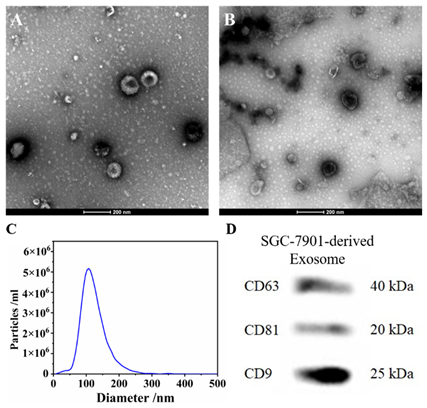Correction: Li et al. Molybdenum Disulfide-Integrated Iron Organic Framework Hybrid Nanozyme-Based Aptasensor for Colorimetric Detection of Exosomes. Biosensors 2023, 13, 800
Error in Figure

Text Correction
Reference
- Li, C.; Guo, Z.; Pu, S.; Zhou, C.; Cheng, X.; Zhao, R.; Jia, N. Molybdenum Disulfide-Integrated Iron Organic Framework Hybrid Nanozyme-Based Aptasensor for Colorimetric Detection of Exosomes. Biosensors 2023, 13, 800. [Google Scholar] [CrossRef] [PubMed]
Disclaimer/Publisher’s Note: The statements, opinions and data contained in all publications are solely those of the individual author(s) and contributor(s) and not of MDPI and/or the editor(s). MDPI and/or the editor(s) disclaim responsibility for any injury to people or property resulting from any ideas, methods, instructions or products referred to in the content. |
© 2025 by the authors. Licensee MDPI, Basel, Switzerland. This article is an open access article distributed under the terms and conditions of the Creative Commons Attribution (CC BY) license (https://creativecommons.org/licenses/by/4.0/).
Share and Cite
Li, C.; Guo, Z.; Pu, S.; Zhou, C.; Cheng, X.; Zhao, R.; Jia, N. Correction: Li et al. Molybdenum Disulfide-Integrated Iron Organic Framework Hybrid Nanozyme-Based Aptasensor for Colorimetric Detection of Exosomes. Biosensors 2023, 13, 800. Biosensors 2025, 15, 609. https://doi.org/10.3390/bios15090609
Li C, Guo Z, Pu S, Zhou C, Cheng X, Zhao R, Jia N. Correction: Li et al. Molybdenum Disulfide-Integrated Iron Organic Framework Hybrid Nanozyme-Based Aptasensor for Colorimetric Detection of Exosomes. Biosensors 2023, 13, 800. Biosensors. 2025; 15(9):609. https://doi.org/10.3390/bios15090609
Chicago/Turabian StyleLi, Chao, Zichao Guo, Sisi Pu, Chaohui Zhou, Xi Cheng, Ren Zhao, and Nengqin Jia. 2025. "Correction: Li et al. Molybdenum Disulfide-Integrated Iron Organic Framework Hybrid Nanozyme-Based Aptasensor for Colorimetric Detection of Exosomes. Biosensors 2023, 13, 800" Biosensors 15, no. 9: 609. https://doi.org/10.3390/bios15090609
APA StyleLi, C., Guo, Z., Pu, S., Zhou, C., Cheng, X., Zhao, R., & Jia, N. (2025). Correction: Li et al. Molybdenum Disulfide-Integrated Iron Organic Framework Hybrid Nanozyme-Based Aptasensor for Colorimetric Detection of Exosomes. Biosensors 2023, 13, 800. Biosensors, 15(9), 609. https://doi.org/10.3390/bios15090609




